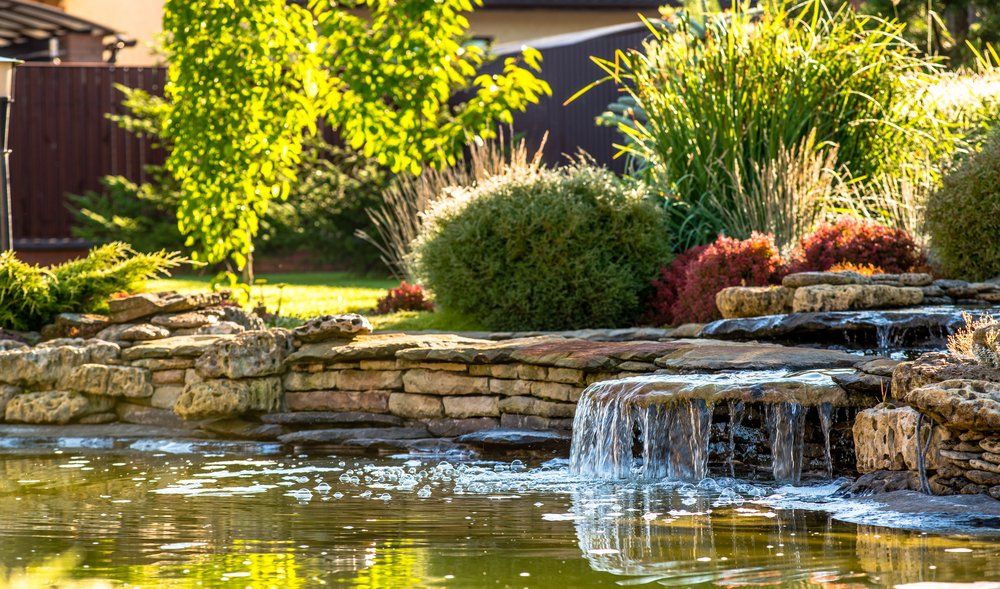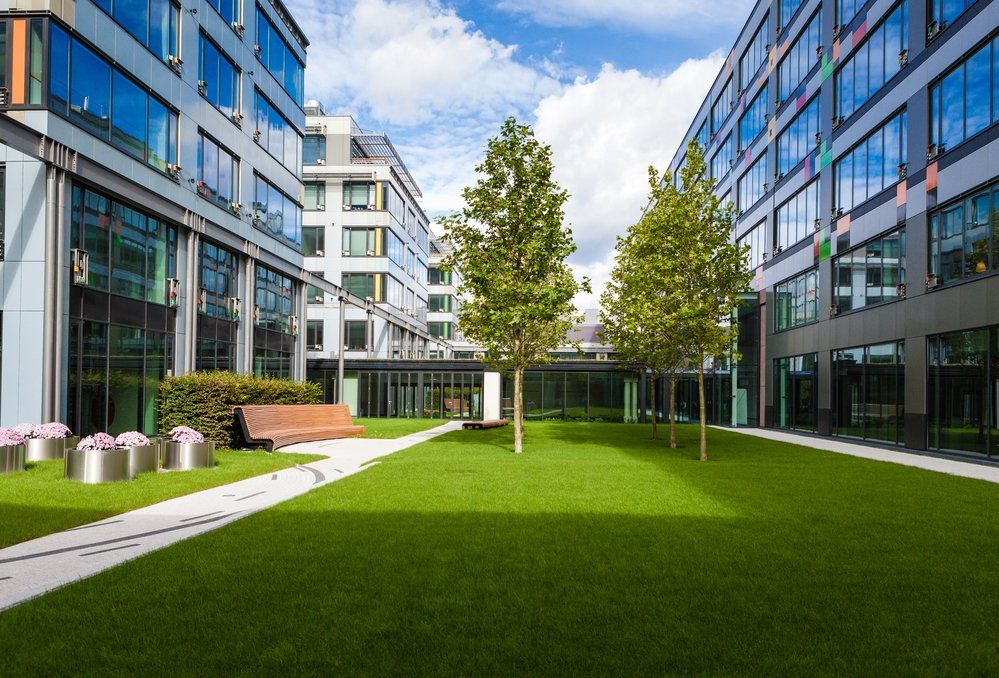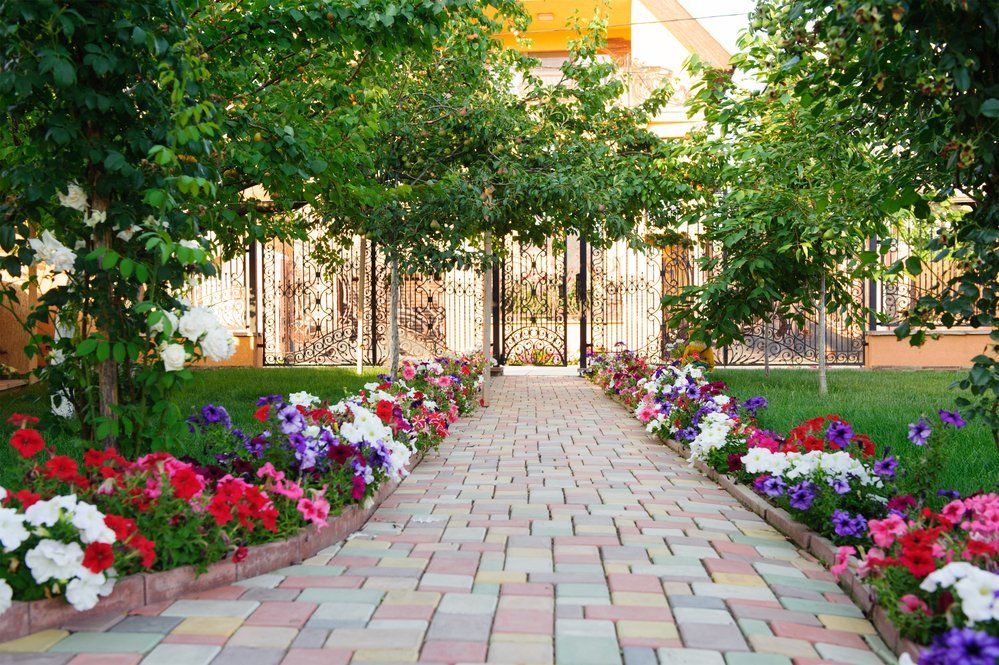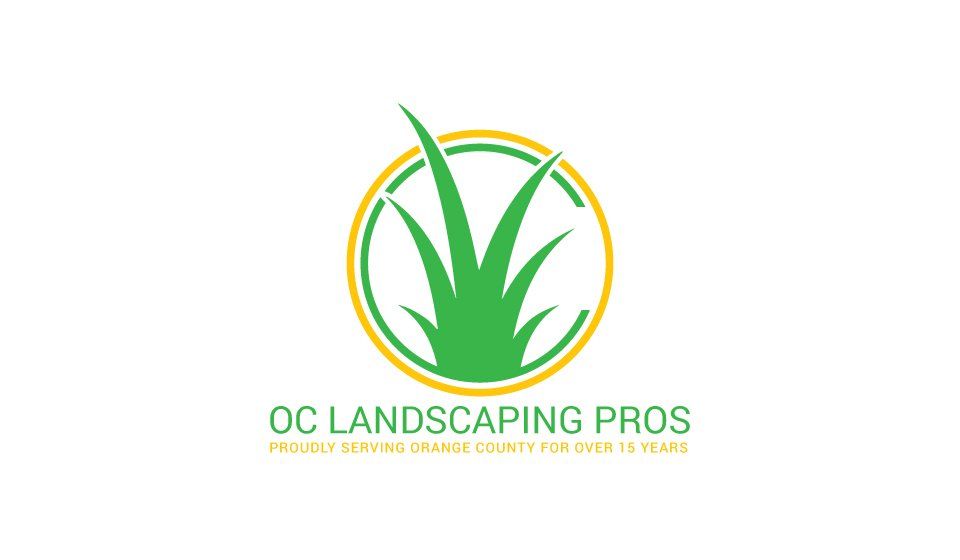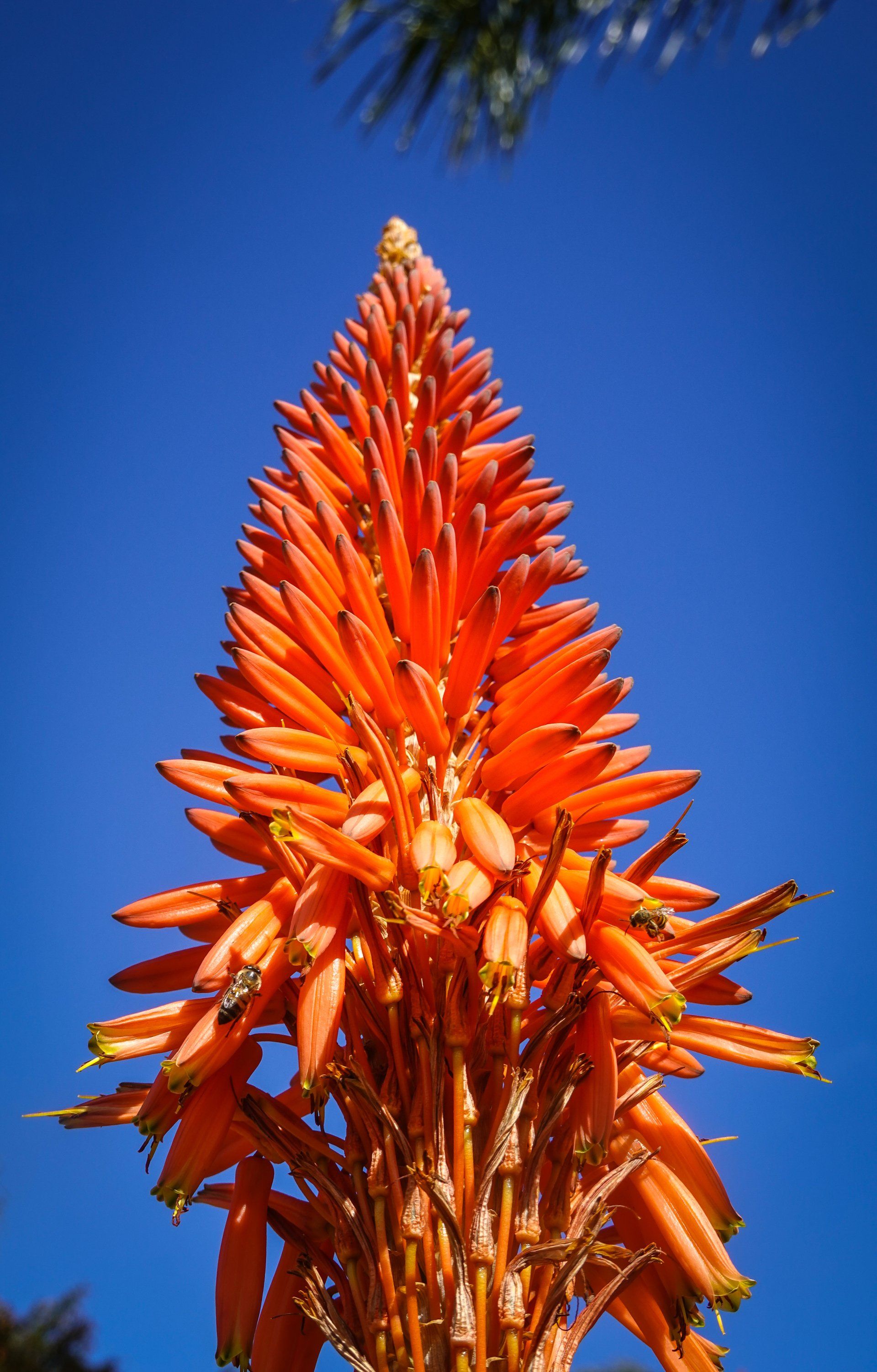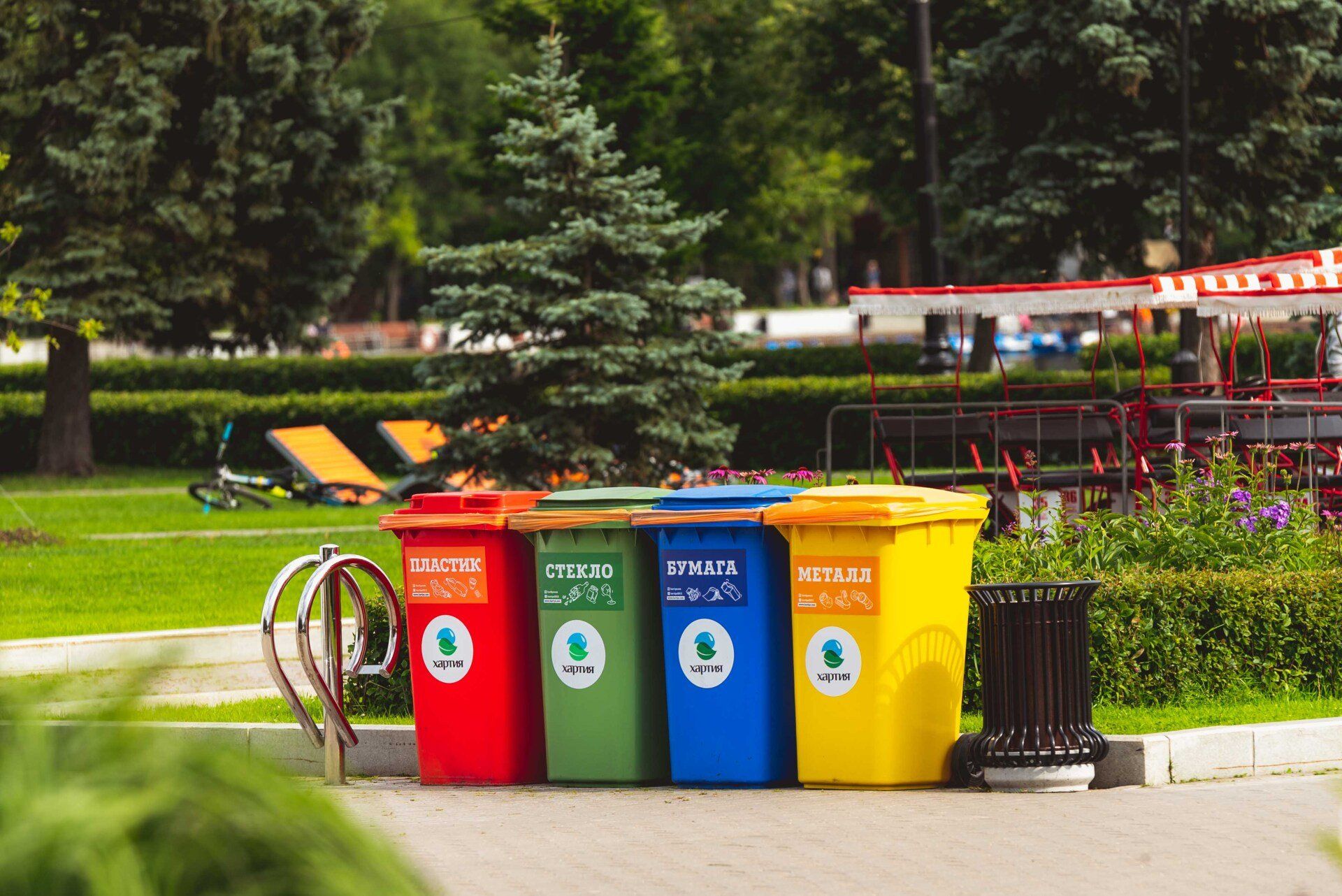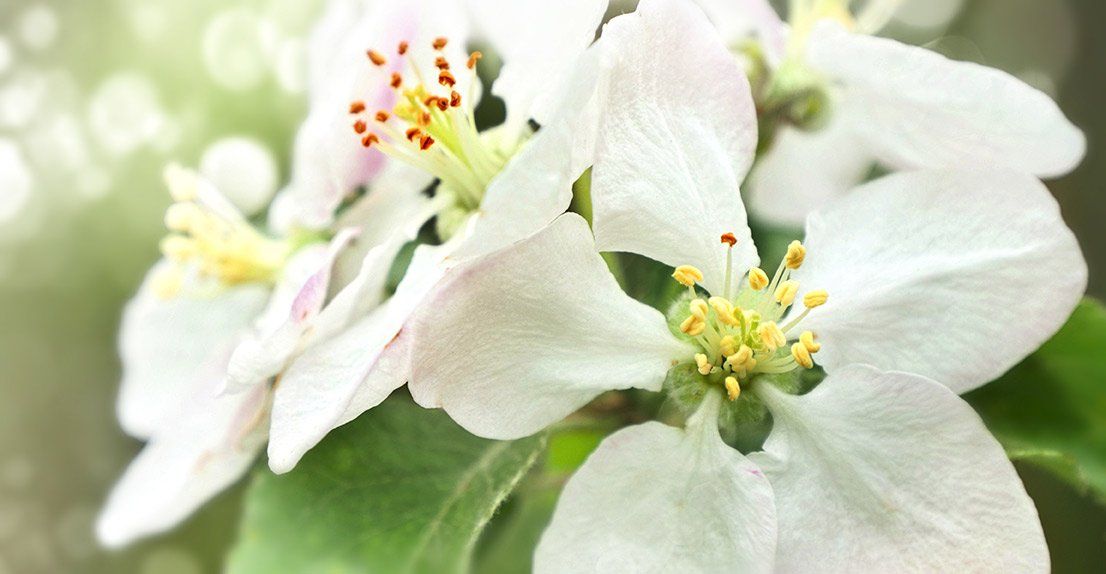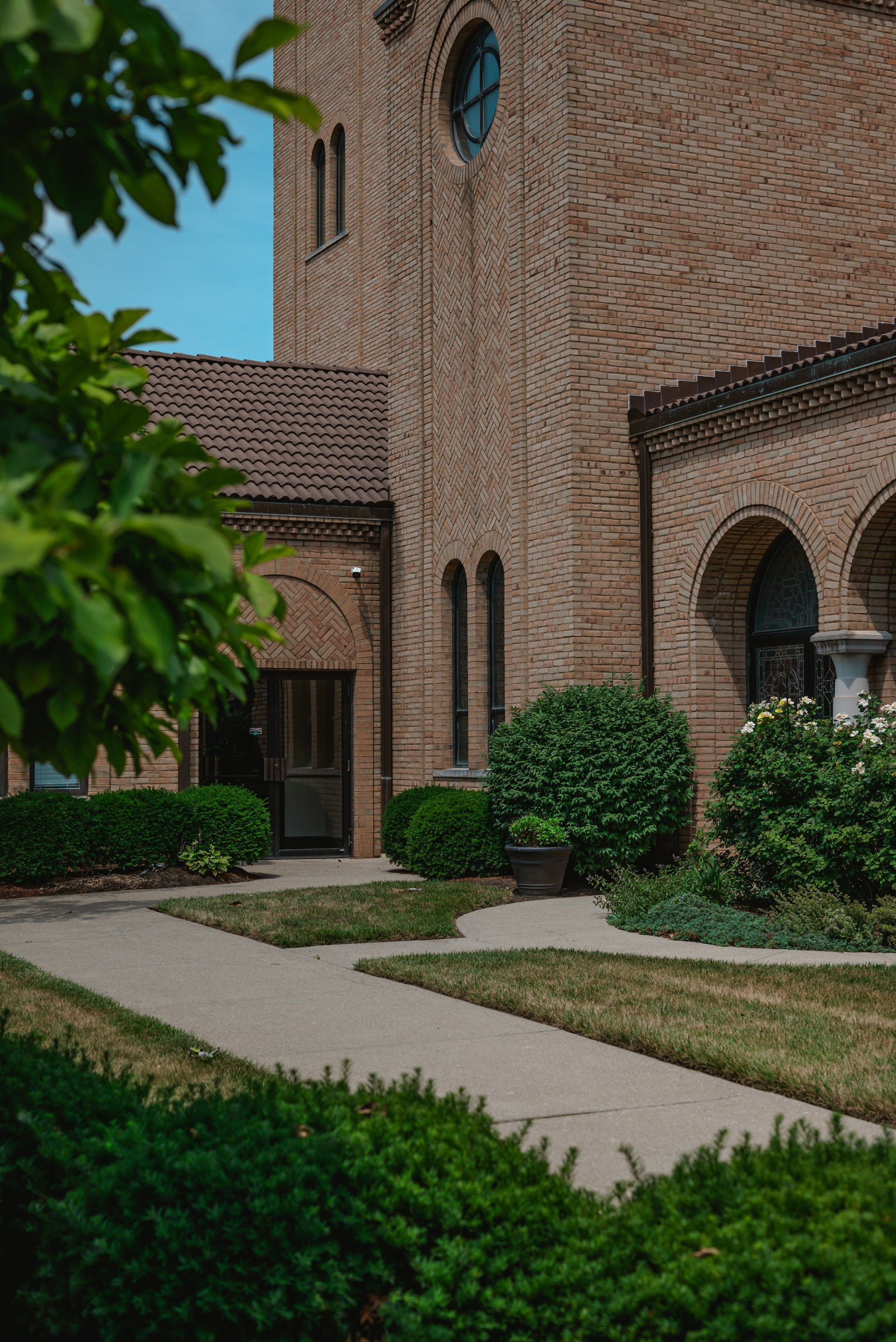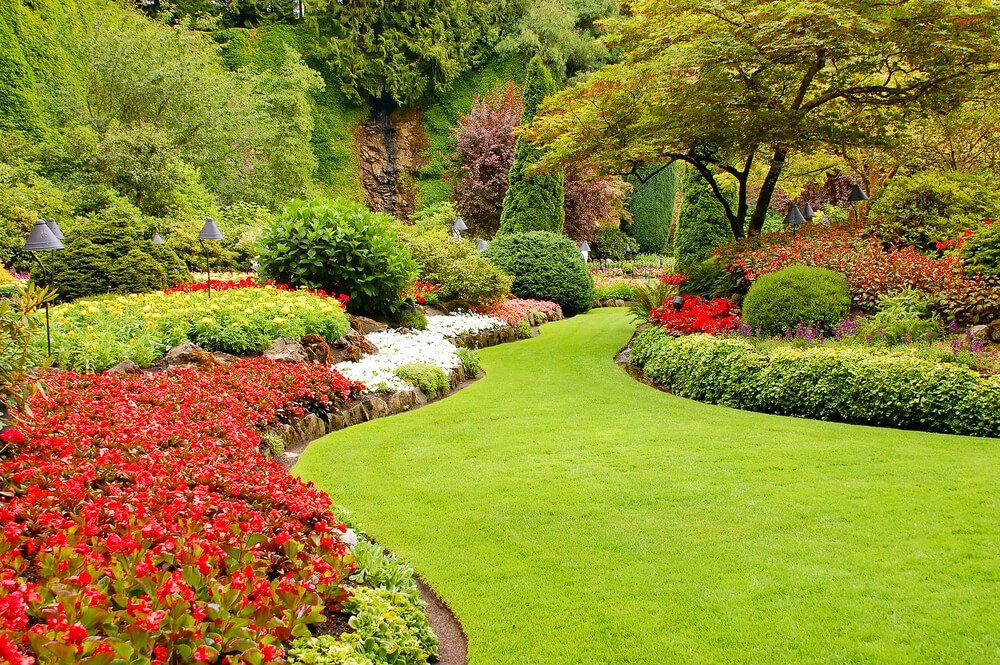Why Is Artificial Grass So Expensive to Install?
Why Is Artificial Grass So Expensive to Install?
1. What Are the Benefits of Artificial Grass?
Artificial grass usually costs less than a lawn to maintain and has better advantages. For one, they require little to no water which means you can live in a nice neighborhood with excellent schools and have never watered your yard! Furthermore, the grass looks incredible all year long so you will be proud of your home's landscaping. Many people also report that their allergies are much better on artificial grass as it doesn't trap pollen like hard materials like concrete or rock.
Nobody enjoys mowing an overgrown lawn any more than having allergies because of allergens trapped in natural material-courtesy of Mother Nature that’s why artificial grass is such a good idea for homeowners these days. It starts looking awesome within hours after installation and requires little care afterward.
A lot of people may have a hard time understanding why artificial grass is so expensive to install. It's not just about the cost of materials but also all the labor and equipment needed for installation, plus permits in some areas. Contact us today to get a quote for artificial grass installation in Orange County California.
2. How Do You Know If It's Worth Installing?
Artificial grass has many advantages such as lower cost to maintain, and artificial turf is stronger than natural grass in hot climates.
People with allergies or those who are chemically sensitive should also think about installing artificially-grown turf. Synthetic turf does not release pollution into the air as natural turf does. It's really hard to breathe when you're surrounded by unmowed clippings, pollen, and dust from your lawn. Besides allergy sufferers, people with chemical sensitivities may want to talk the decision over with a medical professional before deciding against an all-natural lawn - they might have a sensitivity to fertilizers that don't affect someone else in their family.
Studies have shown that the installation of artificial grass saves up to 97% of the water used for irrigation, which means lower utility bills and less maintenance time spent on upkeep. In contrast, natural grass needs a lot more water and attention in order to hold its color and texture over the years.
Others argue that you'll need to spend more money on maintaining an artificial lawn than you would maintain a natural lawn if you're going to keep it looking good. To avoid these issues, consider planting your new synthetic lawn with drought-resistant varieties that are suited for low watering rates (like buffalo or stadium turf). A well-maintained fake green patch will grow sturdier over time while retaining its luscious quality.
3. Artificial Grass is Expensive Because It's a Long-Term Investment
Yes! Artificial Grass is a long-term investment.
There are many reasons why you would invest in beautiful artificial grass for your lawns and gardens, but the most obvious one has to do with money. Contrary to popular belief, it is actually quite cost-effective. Some research points to artificial grass being cheaper than natural grass ecologically and more environmentally friendly by reducing water usage and preventing waste from leaking into surrounding waterways.
Furthermore, annual upkeep can only reduce the initial financial benefits that come with this product as time goes on as opposed to losing them in a short period of time like you would with a new purchase of natural turfgrass. This makes the initial upfront cost seem like an ever-growing bargain because lawn visitors will be avoiding dealing with muddy footprints and weeds.
Another factor that should be taken into consideration is the cost of installation itself. The man-hours required to install synthetic turf are significant, but not nearly as much as natural grass requires on an ongoing basis. The installation process is also significantly safer than the average time it takes to install new sod, which has a tendency to be backbreaking work.
In conclusion, it may cost you more in the long run if you don't install artificial grass.
4. You'll Save Money By Not Having to Water Your Lawn Anymore
You will save lots of money by not having to add pesticides and fertilizer to your lawn. As well as an unnecessary supply of water for a green lawn, while also avoiding the need for yard work. And who doesn't want that? It's easy as pie too! Get rid of all the weeds, grass, and dirt in one quick step with artificial turf. It's maintenance-free too... No more mowing or watering because it has no blades. Instead of painting your house every year, install synthetic turf today! You'll be pleased with how little trimming you'll have to do when you change from a traditional yard to an artificial turf installation.
Conclusion
Artificial grass is a great investment for any property owner. It will not only make your yard look great year-round but also saves you money in the long run because of its low maintenance and upkeep requirements. If this sounds like something that interests you, give OC Landscaping Pros a call today at (949) 313-2633 to find out more about our artificial turf installation services!
